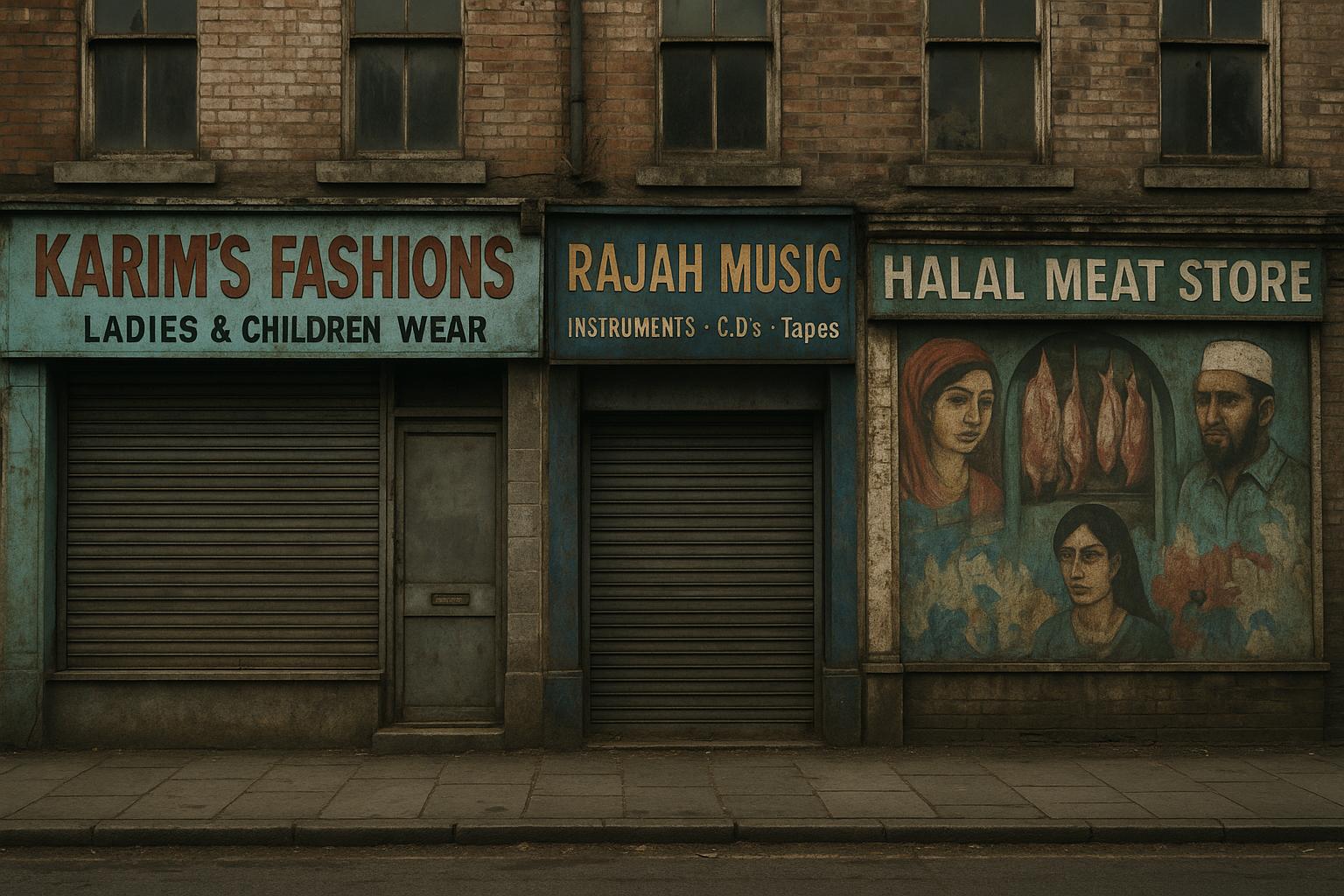Britain’s Indian, Pakistani, Bangladeshi, and wider South Asian communities are enduring the harshest impacts of the UK's ongoing cost-of-living crisis, a situation compounded by longstanding inequalities in income, housing, and public services. According to the Indian Workers Association (Great Britain), these communities are shouldering disproportionate financial burdens as inflation soars and wages stagnate, while government policies appear to favour corporate interests over working families.
Sital Singh Gill, general secretary of the association, criticised the UK government's economic approach, stating that ordinary working-class families—especially from Indian, Pakistani, Bangladeshi, and Black backgrounds—face unbearable pressures as the cost of everyday essentials continues to climb. “People are paying more and getting less,” Gill told The Tribune, emphasising that promises of economic stability have not translated into relief for these communities, many of whom were pivotal in supporting the country through the pandemic by working in healthcare, transport, and manufacturing sectors.
The International Monetary Fund projects the UK will experience the highest inflation among G7 nations in 2025, at approximately 3.2%, with only a slight easing expected by 2026. Grocery prices have surged by over 5%, while Ofgem reports that the average annual household energy bill has reached £1,755. Gill also criticised the government’s fixed daily energy charge system, which imposes the same standing charge regardless of usage, disproportionately affecting low-income households and pensioners. This system, he argues, unfairly penalises those who consume less energy but can least afford high fixed costs.
Official statistics further illuminate the depth of hardship. Research and government data show that 22% of Indian households fall below the low-income threshold after accounting for housing costs. This figure balloons to 47% for Pakistani families and 53% for Bangladeshi ones. Alarmingly, child poverty is pronounced within these groups, with 27% of Indian-origin children living in poverty, rising to 59% among Pakistani children and 65% for Bangladeshis. These communities experience rates of overcrowded housing significantly above the national average: approximately 4% of Indian households and up to 18-19% of Bangladeshi households face overcrowding, in stark contrast to just 2% of White British families. Government reports describe similar housing challenges among Pakistani and Black African households, further highlighting systemic inequality.
Housing deprivation is not limited to overcrowding; reports from the Institute of Race Relations also reveal poor living conditions such as dampness affecting multiple ethnic minority groups, intensifying health risks. This housing stress compounds the financial strain faced by these families.
The Indian Workers Association criticises the UK government for presiding over a system that, despite imposing taxes comparable to Scandinavian countries, yields inequalities resembling those seen in the United States, where public services are underfunded and social safety nets have been eroded. Gill highlighted that many vulnerable families now rely on food banks, undermining claims of economic recovery.
Ahead of the forthcoming Autumn Budget, the association is urging government ministers to prioritise support for low-income and overcrowded households. Their demands include reforming the unfair standing energy charges, addressing the ethnicity pay gap, regulating supermarket pricing and profits to protect consumers, investing in energy efficiency improvements, and reversing cuts to local public services. The association plans to write directly to the Treasury and relevant departments to press for these urgent reforms.
“We, the Indian, Asian and Black communities, are part and parcel of the British working class,” Gill declared. “We helped build this country — and we stand shoulder to shoulder with all working people, Black, White and Asian alike, to demand fairness, dignity and justice.”
📌 Reference Map:
- Paragraph 1 – [1], [2], [5]
- Paragraph 2 – [1], [2], [5]
- Paragraph 3 – [1], [2], [5]
- Paragraph 4 – [1], [2], [3], [6]
- Paragraph 5 – [4], [7]
- Paragraph 6 – [1], [2], [5]
- Paragraph 7 – [1], [2], [5]
Source: Noah Wire Services
